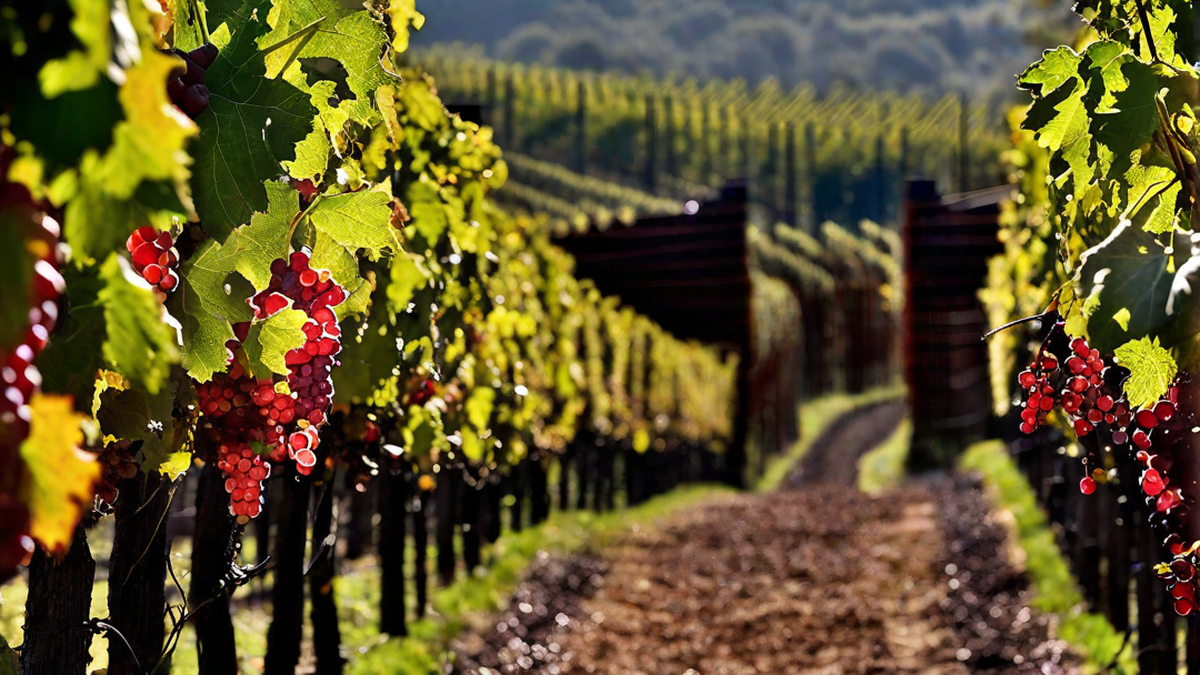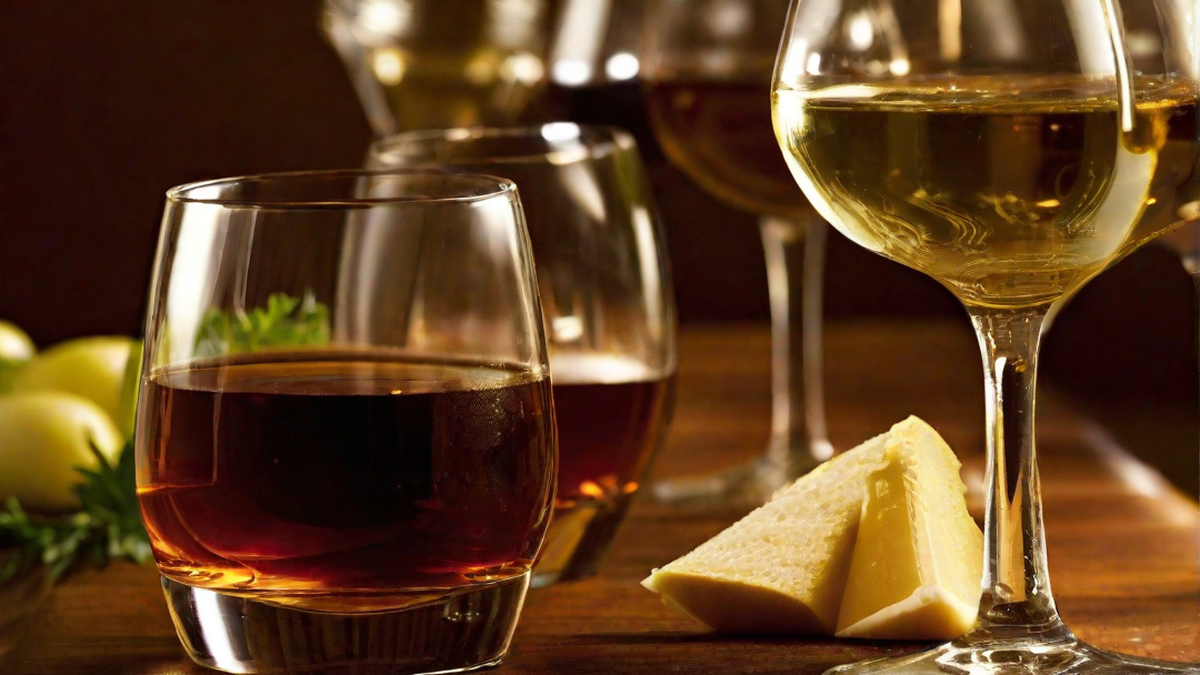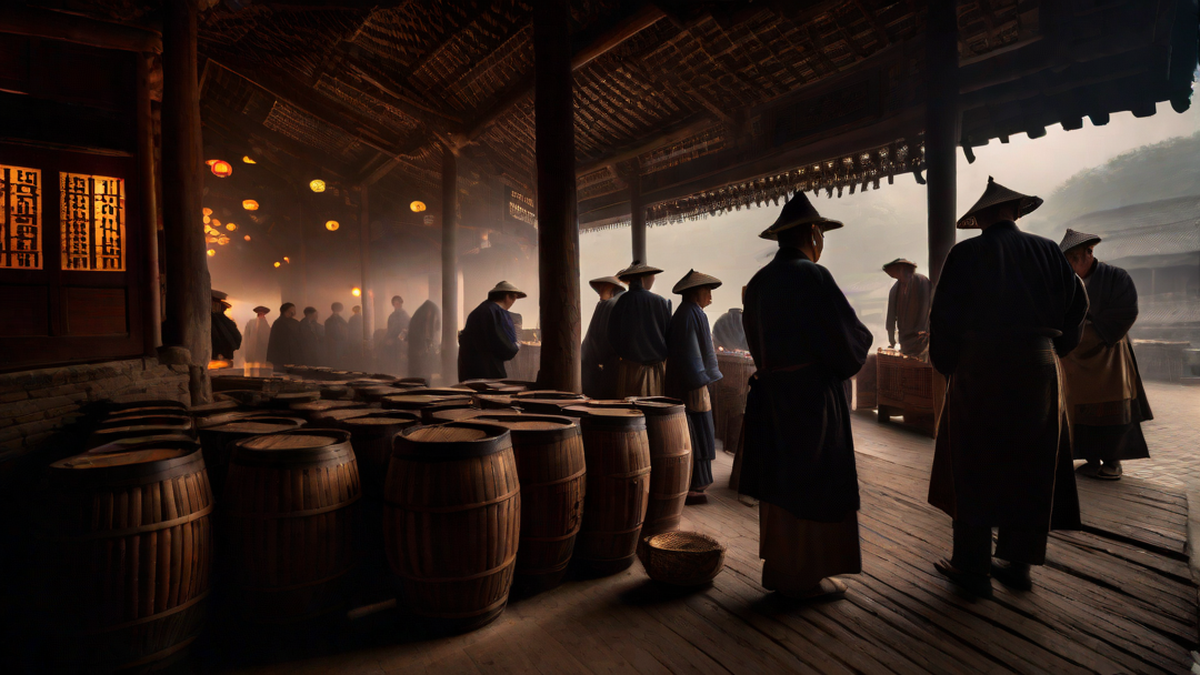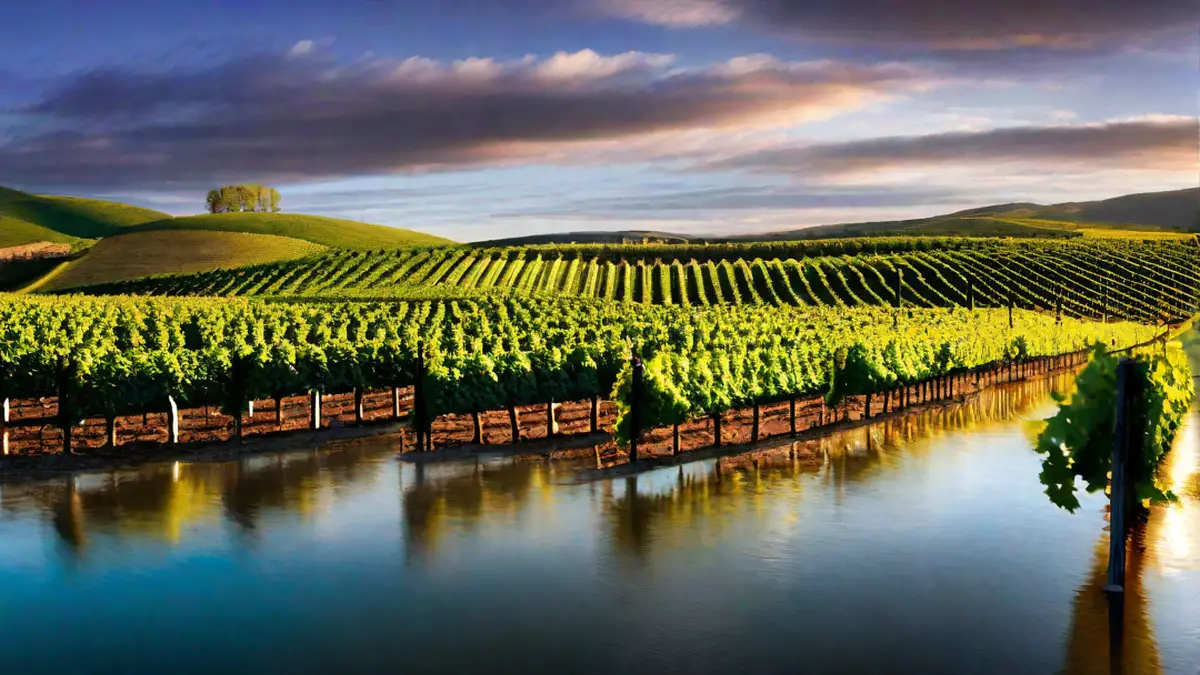Embark with me on a journey through the fascinating universe of wine, where we’ll focus on a fundamental attribute – its alcohol content. As an enthusiast of wine, I have consistently been intrigued by the diverse alcohol percentages found in various wines. Let’s explore together the secrets behind the alcohol levels in wine, tracing from where it starts to its influence on our tasting experience.
The Basics: Alcohol in Wine
First things first, let’s understand what exactly alcohol in wine means. Alcohol in wine refers to the amount of ethanol present in the beverage. It is primarily produced through the fermentation process, where yeast converts sugar into alcohol and carbon dioxide. The more sugar that is fermented, the higher the alcohol content in the resulting wine.
Now, you must be wondering, “What determines the alcohol percentage in wine?” Well, it primarily depends on two factors:
- Grape Ripeness: Ripe grapes tend to have higher sugar content, which means more sugar available for fermentation and ultimately results in a higher alcohol percentage.
- Fermentation Process: Winemakers have control over the fermentation process, including factors such as temperature, yeast selection, and duration. Each of these variables can influence the final alcohol content of the wine.
Exploring Alcohol by Volume (ABV)
Alcohol content in wine is typically measured as Alcohol by Volume (ABV). ABV represents the percentage of alcohol in a given volume of wine. For example, if a wine bottle displays an ABV of 14%, it means that 14% of the total volume of the wine is pure alcohol.
Wine commonly falls into different ABV categories:
- Light-Bodied Wines: These wines generally have an ABV ranging from 10% to 12%. They are often crisp, refreshing, and perfect for casual sipping or pairing with lighter dishes.
- Medium-Bodied Wines: Medium-bodied wines typically have an ABV of 12% to 13.5%. They strike a balance between light and full-bodied wines, offering versatility in food pairings.
- Full-Bodied Wines: With an ABV of 13.5% and above, full-bodied wines pack a punch. They tend to be bolder, richer, and suitable for pairing with robust dishes or enjoying on their own.
Understanding the Impact of Alcohol
Alcohol content plays a crucial role in shaping a wine’s characteristics and overall tasting experience. Here are a few notable ways alcohol affects wine:
- Body and Texture: Higher alcohol wines often have a fuller body and a more viscous texture. They can leave a warming sensation in the mouth and provide a sense of richness.
- Aroma and Flavor: Alcohol can influence the wine’s aroma and flavor profile. It can enhance the perception of certain aromas and flavors, such as ripe fruits or oak-derived notes.
- Balance and Harmony: Alcohol must be well-balanced with other components like acidity and tannins. When the alcohol is in harmony with these elements, it creates a harmonious and enjoyable drinking experience.
Conclusion
Exploring the percentage of alcohol in wine allows us to appreciate the intricacies behind the beverage we all know and love. From light-bodied whites to full-bodied reds, the alcohol content contributes to the overall character and enjoyment of each wine.
So, the next time you raise your glass, take a moment to appreciate the artistry that goes into crafting wines with the perfect alcohol balance. Cheers to the delightful world of wine!




